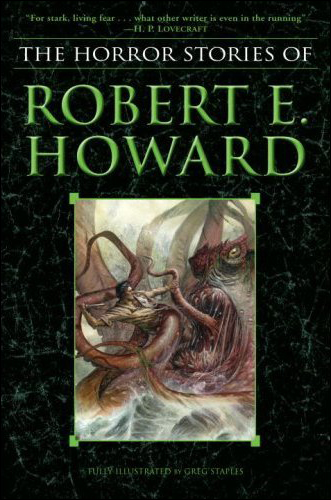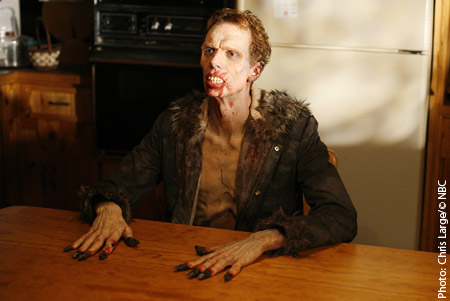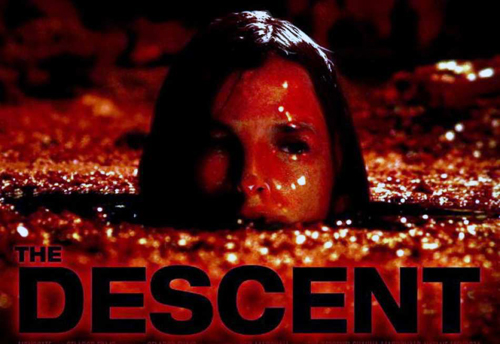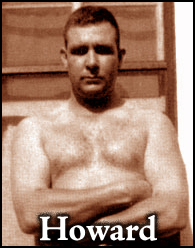R’lyeh’s Finest Hour?
Saturday, February 14, 2009
posted by Steve Tompkins
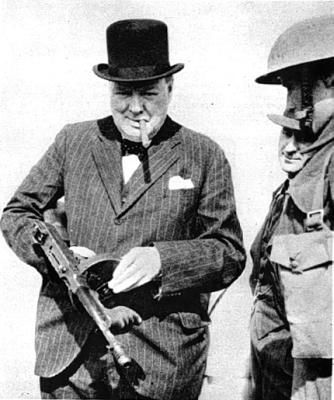
Great Cthulhu just keeps coming up around here; the stars must be right or something. As in a 2007 post, I’m uncomfortably aware that for a JRRT/REH/KEW adherent like myself to delve into Lovecraftian lore is rather like de-planing at JFK after an international flight, clearing Customs, and then making a scene in the main concourse by announcing my discovery of America. Such a claim would be more likely to irritate than impress bystanders, because of how well and truly discovered the New World already is. Similarly, all those decades of Esoteric Order of Dagon-zines and Necro Press journals weigh on the upstart like “something frightfully suggestive of old and unhallowed cycles of life in which our world and our conceptions have no part.” Here I go, though.
Let’s turn to the deathless first paragraph of “The Call of Cthulhu,” about which S. T. Joshi and Peter Cannon have this to say in their More Annotated H. P. Lovecraft (1999): “Arguably the most famous passage in Lovecraft’s fiction, setting forth his view of man’s precarious and insignificant place in the cosmos. The opening sentence has been enshrined in the fifteenth edition of Bartlett’s Familiar Quotations (1980).”


